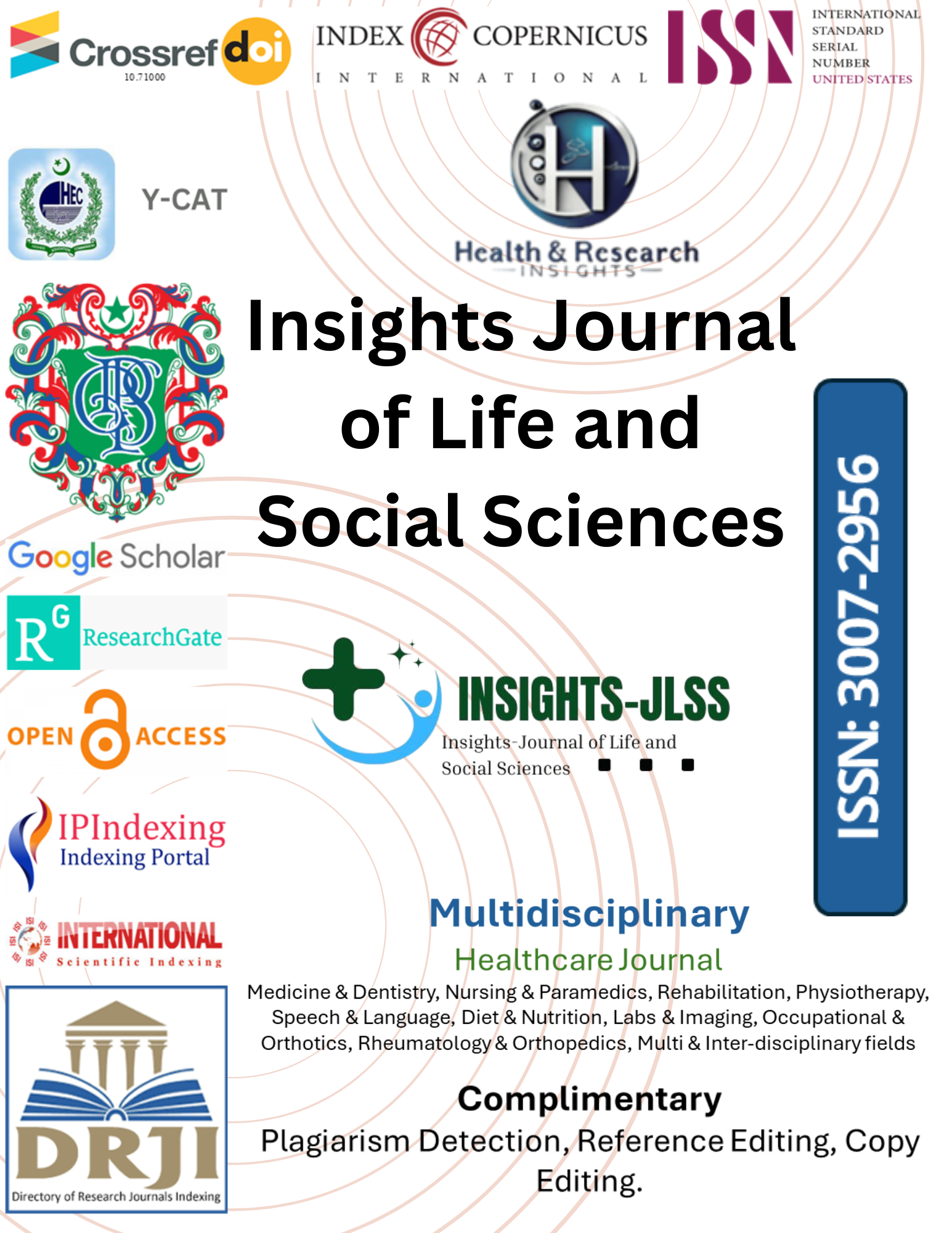COMPARING THE EFFECT OF HYALURONIC ACID AND LIPID-COATED CARBOMER GEL ON DRY EYES AFTER PHACOEMULSIFICATION IN DIABETIC PATIENTS
Main Article Content
Abstract
Background: Dry eye disease (DED) is a prevalent complication following phacoemulsification surgery, especially among diabetic patients who are predisposed due to metabolic and vascular changes. Tear film instability, ocular inflammation, and delayed epithelial healing contribute to persistent postoperative discomfort and impaired vision. Identifying effective interventions is critical for enhancing visual rehabilitation and patient quality of life. This study compared the effectiveness of hyaluronic acid (HA) and lipid-coated carbomer gel (LCC) in improving tear film stability and alleviating dry eye symptoms in diabetic patients after cataract surgery.
Objective: To evaluate and compare the efficacy of HA and LCC in diabetic patients with postoperative DED using Tear Break-Up Time (TBUT) and Schirmer’s Test.
Methods: A randomized clinical trial was conducted at Shaheen Welfare Hospital, Lahore, including 64 diabetic patients aged 50–70 years who developed DED after uncomplicated phacoemulsification. Participants were randomized into two equal groups: Group A received HA drops, and Group B received LCC gel for four weeks. Data were collected at baseline, 2 weeks, and 4 weeks using TBUT and Schirmer’s Test. Randomization was computer-generated, blinding was maintained, and SPSS version 25 was used for statistical analysis. Mann–Whitney and Friedman tests determined between- and within-group differences, with significance set at p<0.05.
Results: At baseline and at the 2nd week, no significant difference was observed between groups in TBUT or Schirmer’s Test (p=1.000). At the 4th week, LCC demonstrated significant superiority. Mean ranks for TBUT were 41.27 in the LCC group versus 23.73 in the HA group (p=0.000). For Schirmer’s Test, LCC showed a mean rank of 46.63 compared to 18.38 for HA (p=0.000). Within-group analysis confirmed progressive improvement in both groups, though LCC achieved higher scores consistently by week 4.
Conclusion: Lipid-coated carbomer gel demonstrated superior efficacy over hyaluronic acid in improving tear film stability and tear secretion among diabetic patients with postoperative dry eye disease. These findings suggest LCC as a more effective and preferable option for managing moderate to severe DED after cataract surgery.
Article Details

This work is licensed under a Creative Commons Attribution-NonCommercial-NoDerivatives 4.0 International License.
